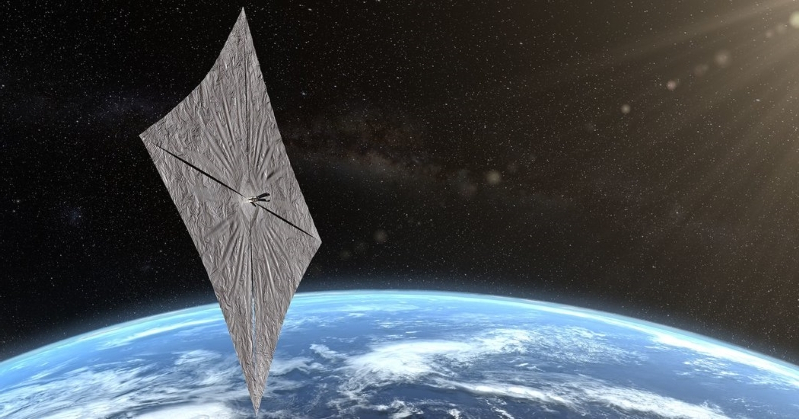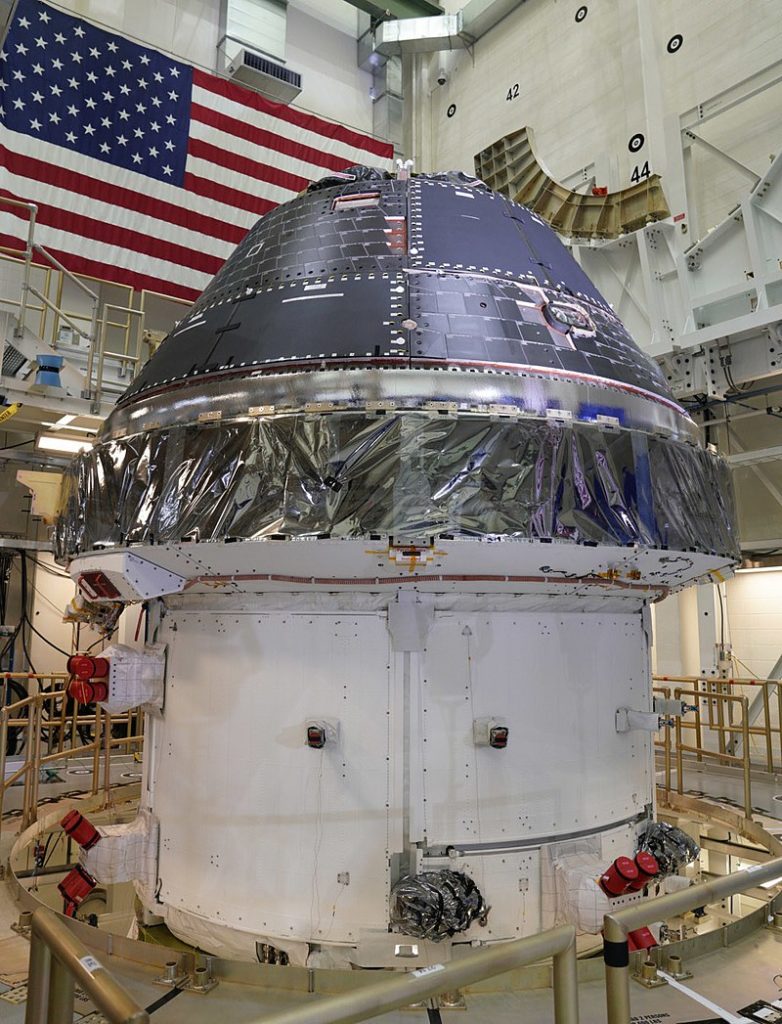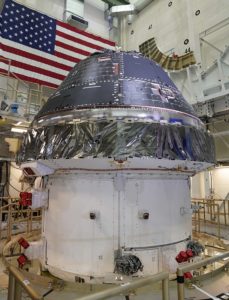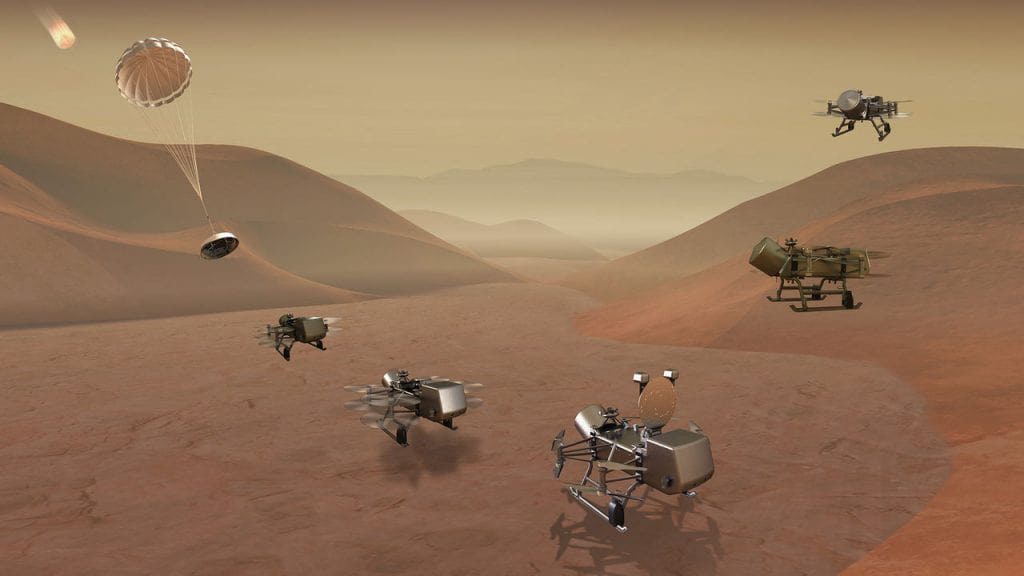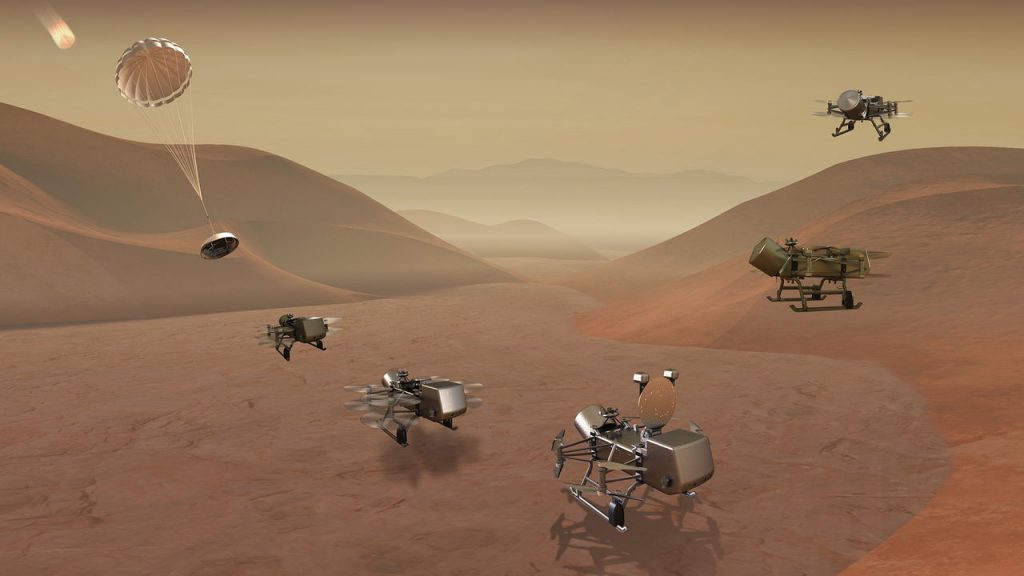Flavia Tata Nardini : Fleet Space Founder and a Pioneer in the Emerging Australian Space Industry
Today, everything is about connections; not the human connection, but the connection of humans through the internet. The Internet has transformed the world in less than the world had in the past 20 centuries. People just need their smartphone, and they can accomplish most of their daily routine work in a few swipes. Despite such advancement in human life, an aerospace engineer from Australia, Flavia Tata Nardini, does not want to stop here. She wants to create a network in the space, such that there will be no earthly object without an internet connection. Whether it is the students in the classroom or the tree in the forest, everything connected. The founder of Fleet Space Technologies has been developing satellites since she was a teen, and now, she is entirely focussing on the space as well as connecting the IoT devices.
Early Life and Career
Nardini was born into an engineer’s family in Rome, Italy. With a dream of becoming an astronaut, she completed a bachelor degree in aerospace engineering from University La Sapienza, Rome. She then completed a master’s degree in space engineering from the same university. In her late teens, she bagged an internship job at European Space Agency in The Netherlands, where she worked on the rocket propulsion technology.
In July 2009, she joined another company named TNO in The Netherlands, where she worked in various roles for four years, including propulsion design and test engineer as well as a product manager. Later, she even moved to Qatar to work with another space agency, where she sent nanosatellites to space.

Later, she moved to Adelaide, South Australia, to live with her partner (now husband) in 2014. Qualified with a lot of experience in space activities, it became tough for Nardini to find a job, as there was only one space startup back then. And having kids, she could not work in the defence, either. So, along with one of her future Fleet Space partner, Matt Pearson, she founded an educational startup named Launchbox. Under this startup, the two of the co-founders started teaching little kids about space and nanosatellites. Under the program, they even built CubeSat satellite using 3D printed components and launched them to the stratosphere.
Founding Fleet Space
While working for Launchbox, the two of the co-founders realised that they could also build a new space startup for connecting the IoT devices. Since no space agencies were working in Australia, founding one seemed a good idea to them. Hence in 2015, they, along with another aerospace engineer, Dr Matthew Tetlow, co-founded Fleet Space.
Fleet Space aims to create a network of nanosatellites around the earth, such that it can provide internet access to every person on earth for cheaper prices. The increase in the interconnection through the internet will make every single task accessible through a smartphone. For now, the company target is to connect 7.5 billion IoT devices on earth with the help of nanosatellites by 2020.
Partnerships and Fundings
Fleet Space has got the Australian as well the US government on board for the development process. Private companies like SpaceX has also partnered with the company to fulfil the goal. The French space agency CNES has also taken an initiative to help Fleet Space get the financial backing, and will be tracking and supporting the satellites built by Fleet Space. The company raised a $5m in Series A capital from Blackbird Ventures and Atlassian.
At the time Nardini founded the company, there was only one space startup in Australia. But with the success of Fleet Space, other budding entrepreneurs have also stepped into the same technology, and there are over 260 new startups that are working in the field of space research. In fact, the Australian government also announced in 2017 that it will be building the national space agency for Australia.
In September 2019, the company raised $7.35 million in the Series B funding led by Momenta Ventures and Horizons Ventures. Till now, Fleet has placed four CubeSat-class satellites in orbit and plans to send more satellites to the space to fulfil the demands.
Nardini’s love for space and satellites proves that the sky is the limit for her. She is an inspiring woman and a true example of women empowerment.

Yashica is a Software Engineer turned Content Writer, who loves to write on social causes and expertise in writing technical stuff. She loves to watch movies and explore new places. She believes that you need to live once before you die. So experimenting with her life and career choices, she is trying to live her life to the fullest.

